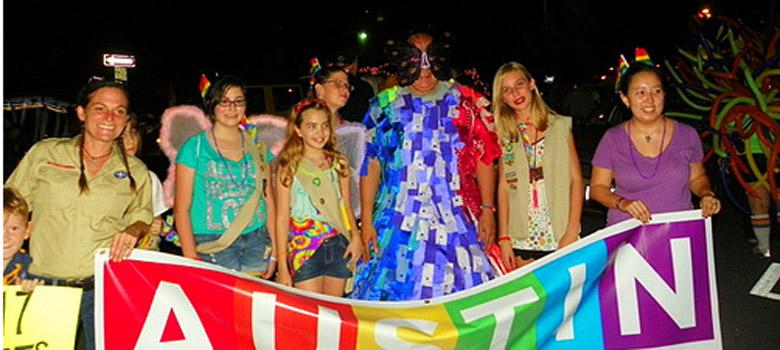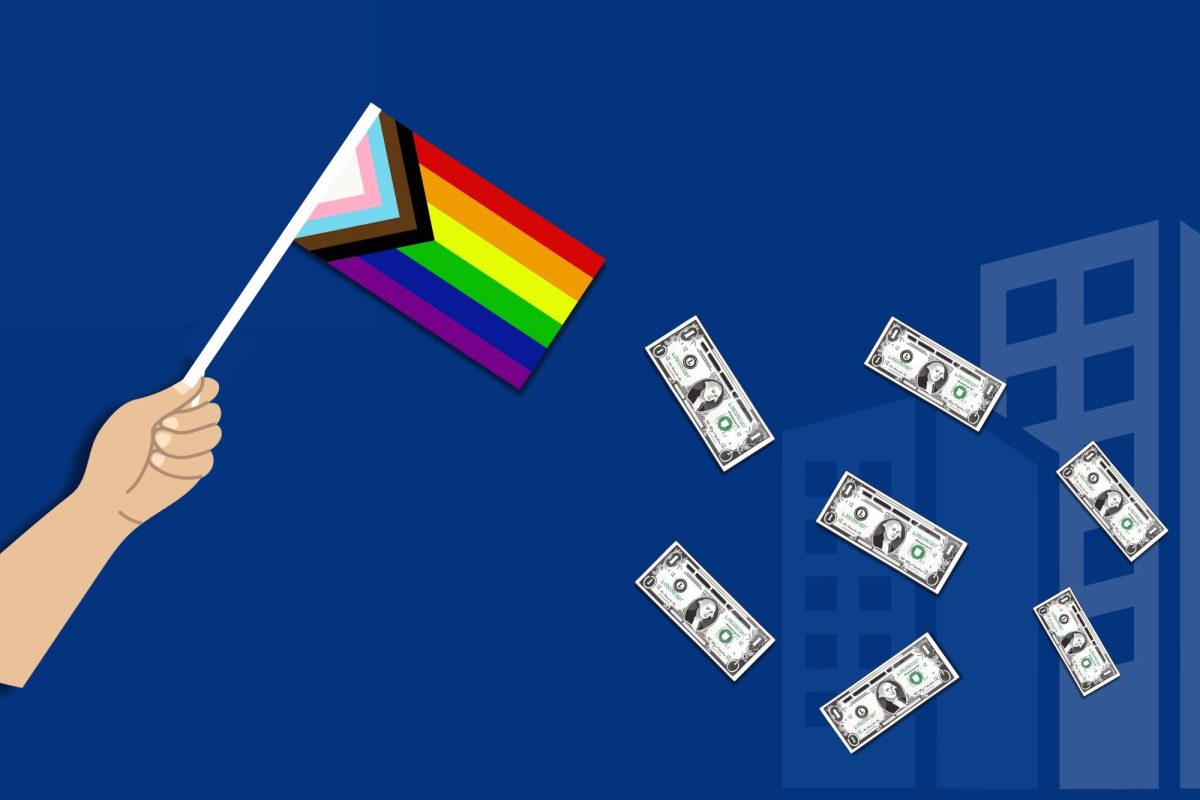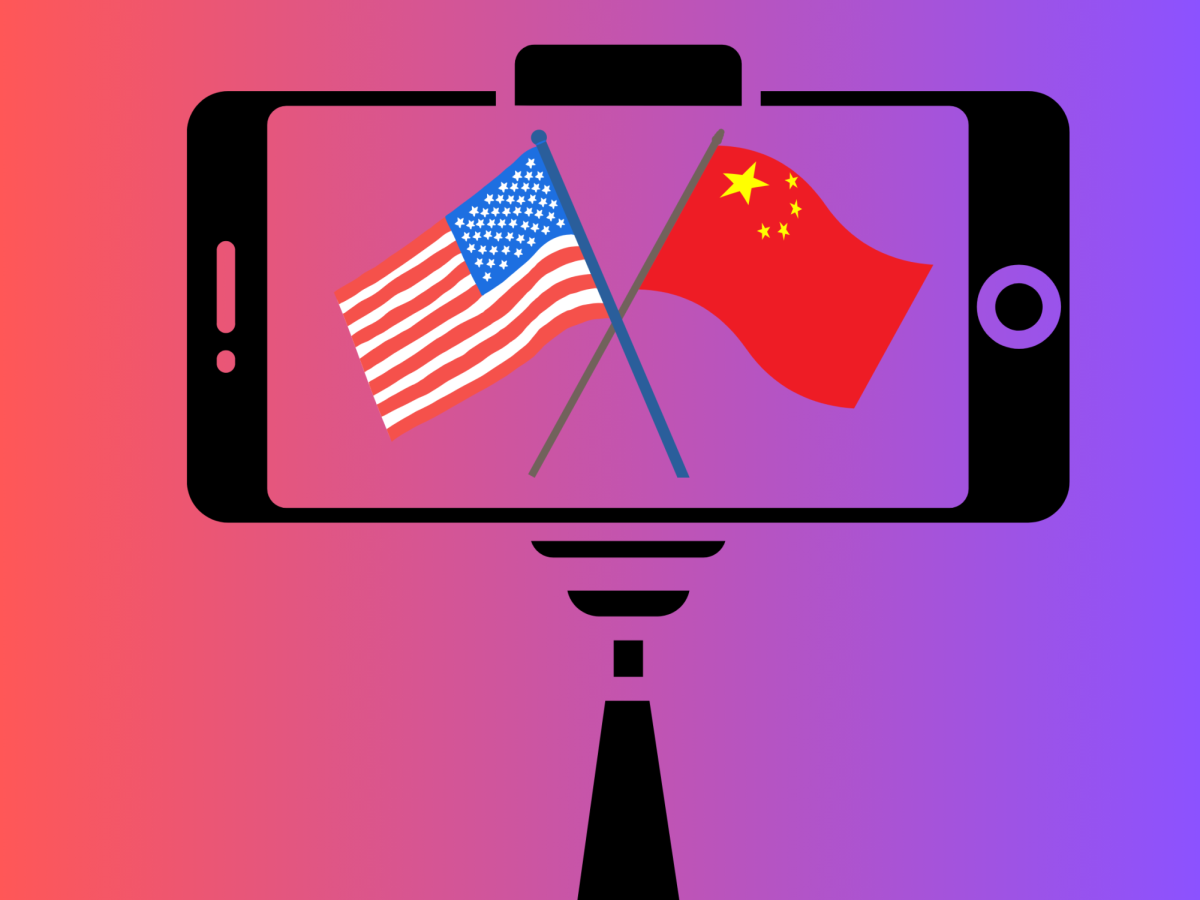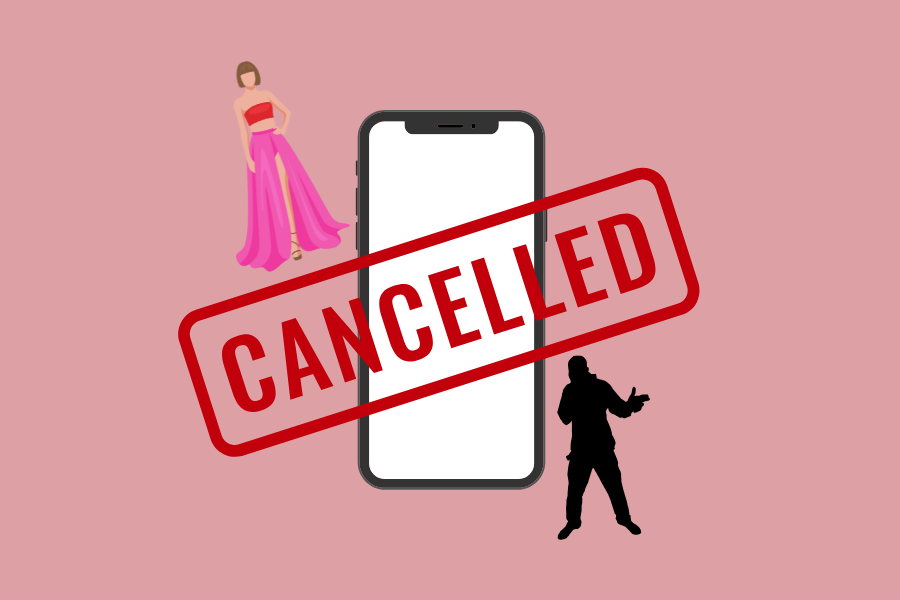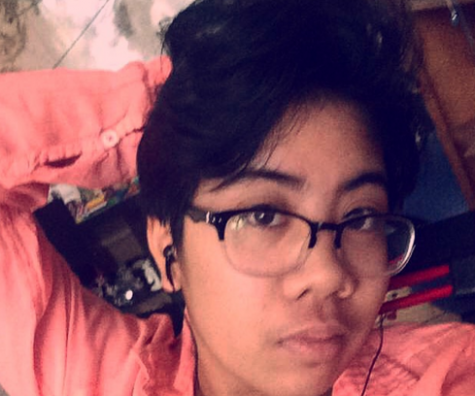Saturday, Aug 29 marked Austin’s 25th Annual Pride Parade, a fun celebration of LGBTQIAP+ (Lesbian, Gay, Bi, Transgender, Queer, Intersex, A[sexual and/or romantic], Pan[sexual and/or romantic], plus more) pride in their community. Now for all intents and purposes this event might sounds perfect for me, a genderfluid, gray asexual, Vietnamese person, but in reality I personally wouldn’t feel safe or comfortable with attending such an event given the current harmful stigmas of Pride Parade.
The Pride celebration upholds harmful stereotypes: The idea that “the gays” are always really great at throwing parties and having a good time holds up the harmful idea that an entire community can be easily generalized. This idea is completely untrue because someone’s sexuality does not affect their ability to party, their self-expression, or their sense of fun.
It perpetuates the further erasure of marginalized identities: Pride parades have historically celebrated homosexuality while consistently marginalizing identities such as intersex, asexual, aromantic, bisexual, trans women of color, among other marginalized people. The common representation of those who attend Pride parades is stereotypically the image of effeminate cis white men; this erases trans women of color, homeless LGBTQIAP+ youth, and other marginalized identities. The celebratory space created by the Pride parade can enforce a sense of danger for marginalized identities in the promotion of allies (who, as a privileged group simply cannot understand the experiences of marginalized people,) to police marginalized people and their identities. Some common microaggressions include but are not limited to, “Oh, you don’t look trans,” “You can’t really be gay,” which might not be meant maliciously but can still be very damaging and traumatizing nonetheless.
It promotes lukewarm allyship: Straight cisgender allies can begin to feel that if they attend Pride parade every year that they have fulfilled their duty as “allies” in supporting the LGBTQIAP+ movement and no longer have any other responsibilities to the movement. This sentiment is wholly incorrect in the assumption that pride parade actually progresses the movement in any capacity. While it does foster community building and does visually illustrate the exact number of people supporting the LGBTQIAP+ movement, it does not seek to improve the lives of those in need, particularly marginalized identities affected by intersectional discrimination. In order to be an ally to the LGBTQIAP+ people one needs to be willing to take the time to do the research and learn about the people you want to be the ally of and listen to their experiences and speak up and defend marginalized people when it is unsafe for them to speak up for themselves.
It enforces the idea that “all struggle is the same struggle”: Historically people refer to the LGBTQIAP+ movement as “the gay movement” which erases marginalized identities and varying experiences in order to put the millions of individual voices into a neat little box that can be offered to the public as one single experience of all LGBTQIAP+ individuals.. This is false. All people experience everything differently, including mental health, gender, sexuality, race, pretty much everything else. Applying one singular experience on people limits inclusivity and intersectionality.
Pride Parade, in theory, has a wonderful intent but the impact on the community is a very different thing. Pride Parade is supposed to encourage people from all walks of life — no matter their sexuality, gender, or any identity — to find a place to be free from discrimination and shame, a place where they can meet and connect with people who have similar experiences and be assured that their individuality is nothing to be ashamed of. Sadly, this is not the actual impact of Pride Parade. Instead, it enforces a hierarchy of identities: cis white gay males reign supreme while trans women of color are silenced near the bottom with various other identities mingled in between.
This faulty hierarchy of identities can gradually be changed and even dismantled by accurately identifying and addressing the representation issues with such events as Pride Parade. As a community that intends to pursue the enhancement of inclusivity and intersexuality in the LGBTQIAP+ community we must first be willing to meaningfully listen, actively acknowledge, and learn from the experiences of others. We must challenge our ways of thinking and challenge internalized racism, misogyny, and transphobia. We must be willing to acknowledge that there are certain things we may never experience in life such as microaggressions and erasure. We must be willing to stand by and support marginalized individuals when they seek help. We can make Pride Parade a place that is inclusive of all LGBTQIAP+ individuals but we must work for it and continue fighting for the rights that every human being deserves.
Glossary
If you don’t know the term, we got you covered.
LGBTQIAP+: Lesbian, Gay, Bi, Transgender, Queer, Intersex, A[sexual and/or romantic], Pan[sexual and/or romantic], plus more.
Intersex: umbrella term that describes a person who does not fall within the chromosomal binary
Queer: historically derogatory term describing people who are not heterosexual (or straight) which is currently being reclaimed by strictly people who are not heterosexual
Marginalize: the purposeful or accidental treatment of people as insignificant
Microaggression: everyday verbal, nonverbal, and environmental slights, snubs, or insults, whether intentional or unintentional, which communicate hostile, derogatory, or negative messages to target persons based solely upon their marginalized group membership (source)
Discrimination: the unjust or prejudicial treatment of different categories of people or things, especially on the grounds of race, age, or sex (source)
Intersectionality: The interconnected nature of social categorizations such as race, class, and gender as they apply to a given individual or group, regarded as creating overlapping and interdependent systems of discrimination or disadvantage (source)
Gray asexual: Experiencing shifting levels of sexual attraction

